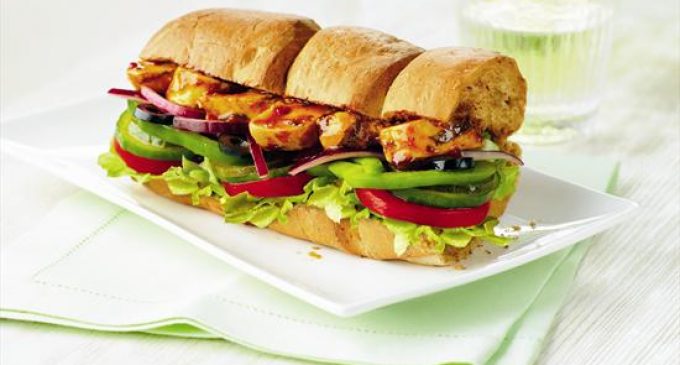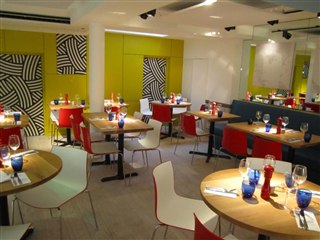Young British Diners Demanding More From Food Venues as Eating Out Rises

Young British people are eating out more than they were two years ago, despite the economic squeeze. However they expect more for their money and are increasingly demanding about the quality of food and service they receive, according to a new report from online customer insight and research specialist Tpoll.
The Eating Out Report 2011/2012: ‘All wrapped up in guilt’, compiled by Tpoll with responses from online surveys of 16-24 year olds (also known as Generation Y), found that nearly half of respondents – 42 percent – are eating out more than they did two years ago. The trend coincides with a drop in alcohol consumption among this demographic as prices of alcoholic drinks and spirits rise, which could be making the eating-out occasion appear more affordable in comparison.
Steve Mellor, qualitative director at Tpoll, comments: “Whilst drinking, smoking, clothing and going out to eat tend to come much further down the list of priorities than ever before, eating out has actually risen during this period – and now represents a good-value activity compared with other ways to socialise, like a night in the pub.”
But young people are getting more demanding about the quality of food and service they receive and placing food venues under the microscope to ensure they get value for money.
 Nando’s and Costa are winners with this segment of the population because they combine a good-value heritage with a ‘buzzing’ atmosphere. Also doing well on the sociability measure is Pizza Express – 46 percent of respondents say they visit more often than they did two years ago, against an overall average of 42 per cent. Tpoll’s Steve Mellor says this is indicative of how well Pizza Express has tapped into sociability and is maintaining this brand trait. The brand has also been at the fore of promotional discounting which has driven associations with value.
Nando’s and Costa are winners with this segment of the population because they combine a good-value heritage with a ‘buzzing’ atmosphere. Also doing well on the sociability measure is Pizza Express – 46 percent of respondents say they visit more often than they did two years ago, against an overall average of 42 per cent. Tpoll’s Steve Mellor says this is indicative of how well Pizza Express has tapped into sociability and is maintaining this brand trait. The brand has also been at the fore of promotional discounting which has driven associations with value.
Health emerges as a complex issue for young people. Qualitatively, health is not felt to be a core needstate when eating out, but the Tpoll research indicates a level of guilt felt by young people when choosing unhealthy food, with venues that are not offering enough health cues, or delivering low prices, tending to be less attractive to this segment.
Steve Mellor explains: “When young people are considering health, it tends to manifest as a concern about how they look. Parliament has recently launched an All Party Parliamentary Group on Body Image due to the increasing preoccupation on body image by youth. The group highlights how ‘half of young people have been on a diet’, ‘one in 10 would take laxatives to lose weight’ and ‘the number of young men taking steroids has doubled in the last 10 years’ (the findings and recommendations will be shared in 2012).”
According to the Eating Out report, areas for improvement at restaurants include: providing healthier options; providing a greater number of cheaper options on menus; and promotional mechanics that tap into group bookings.
Brands that were associated with health included Subway, the sandwich chain which has a healthy image for some people partly because of the prevalence of salad and also because of its build-your-own option, allowing young people to choose be healthy.
The report also reveals engagement in social media is strong with eating out brands through either Twitter or Facebook .The list of brands followed included: McDonalds (Facebook); Yo Sushi! (Facebook, Twitter); Nando’s (Facebook, Twitter); Greggs (Twitter); Pizza Hut (Twitter) and Dominos (Facebook).
Importantly, of the brands that are followed, all are purchased from, confirming that when such relationships are rightly handled, they can yield dividends.
Steve Mellor concludes: “Young people represent an important and growing customer segment. It’s important to recognise that social media is primarily felt to be owned by consumers (especially youth), rather than the media owner or companies that attempt to engage fans and followers. From a tangible perspective, youth want to see the financial benefits of being involved with eating out brands in social media. Our research suggests the use of social media to generate online conversation will lead to a closer, more loyal, brand rich, intimate and modern relationship with eating-out brands.”


































